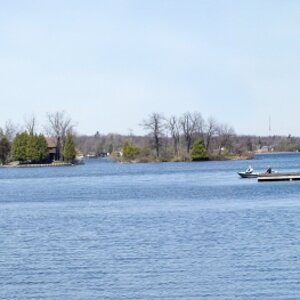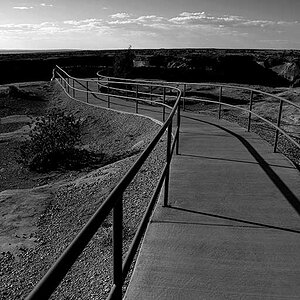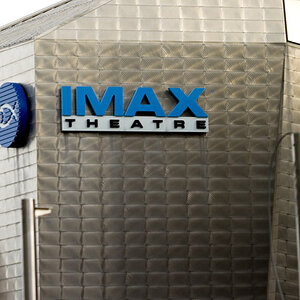ruifo
No longer a newbie, moving up!
- Joined
- Nov 14, 2013
- Messages
- 1,200
- Reaction score
- 413
- Location
- Mexico / Brasil
- Website
- www.flickr.com
- Can others edit my Photos
- Photos OK to edit
Nikon D810a DSLR camera for astrophotography officially announced
Read more on Nikon.com: Nikon News Digital SLR Camera D810A
Read more on NikonRumors.com: Nikon Rumors
Price tag: USD 3,799.95 (B&H - Amazon), with expected delivery date on 28-May-2015.
The released Nikon D810A astrophotography sample images are freaking amazing! It blows out what regular DSLR can do, once the D810A is now able to capture light beyond the visible light spectrum!!
Very nice move from Nikon, fighting Canon's leadership on the astrophotography segment for real. But this is a very specialized camera, at a high price tag. The D810A's native ISO is from 200-12800 (against 64-12800 of the original D810), with expanded boosted ISO at 32-51200 (same as the original D810). I guess if the D810A is used on regular day light shots, colors will be shifted to the red (given the infra-red light captured) and purple (given the ultra-violet light captured), messing up with the normal visible light spectrum. So I guess it should be very specialized of night sky shots, but I'd love to see real samples of day light shots and confirm (or not) this guess.
Nice move Nikon!! My hats off for you!
Read more on Nikon.com: Nikon News Digital SLR Camera D810A
Read more on NikonRumors.com: Nikon Rumors
Price tag: USD 3,799.95 (B&H - Amazon), with expected delivery date on 28-May-2015.
The released Nikon D810A astrophotography sample images are freaking amazing! It blows out what regular DSLR can do, once the D810A is now able to capture light beyond the visible light spectrum!!
Very nice move from Nikon, fighting Canon's leadership on the astrophotography segment for real. But this is a very specialized camera, at a high price tag. The D810A's native ISO is from 200-12800 (against 64-12800 of the original D810), with expanded boosted ISO at 32-51200 (same as the original D810). I guess if the D810A is used on regular day light shots, colors will be shifted to the red (given the infra-red light captured) and purple (given the ultra-violet light captured), messing up with the normal visible light spectrum. So I guess it should be very specialized of night sky shots, but I'd love to see real samples of day light shots and confirm (or not) this guess.
Nice move Nikon!! My hats off for you!
Last edited:
As an Amazon Associate we earn from qualifying purchases.


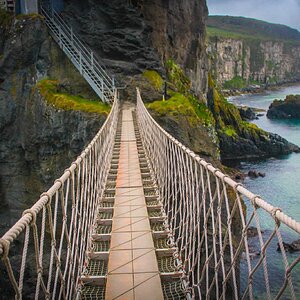
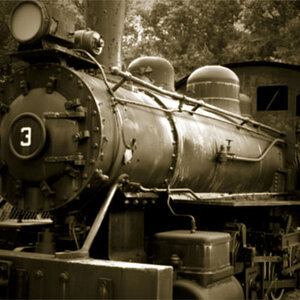
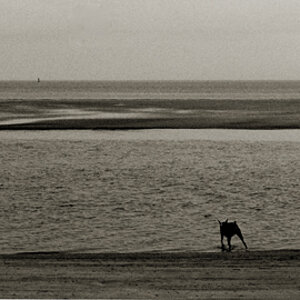
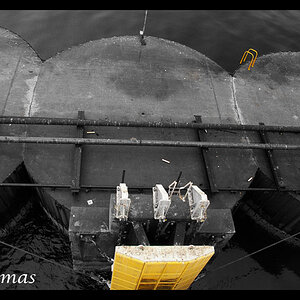
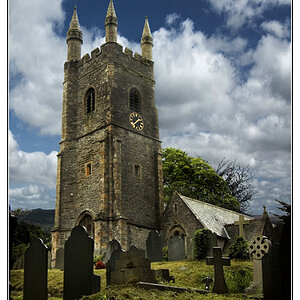
![[No title]](/data/xfmg/thumbnail/33/33489-cc76e5d22658c0f79ccb4ae9d307610d.jpg?1619736003)

![[No title]](/data/xfmg/thumbnail/37/37634-504722605a418b398f3cd1dbabf936e5.jpg?1619738156)
